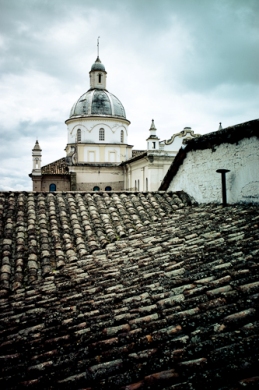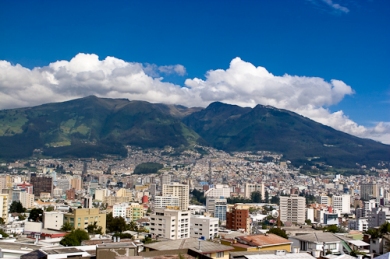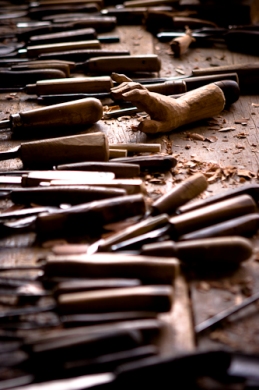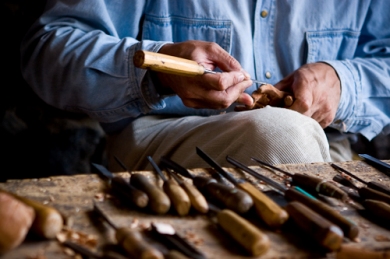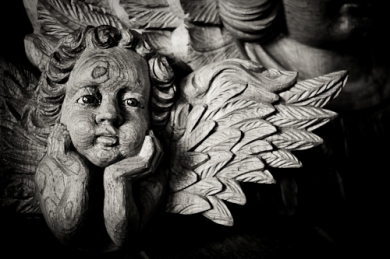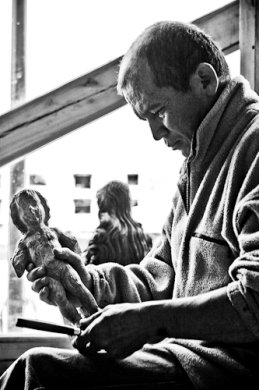In November, Shelly Perry won an award from Getty Images for her editorial photography work in Istanbul. I can’t show you the photos that won because Getty wants exclusive rights to them — they can’t appear anywhere else. But I can tell you how she captured them. I asked Shelly to give us the specifics on what it took to win and how our readers might take better magazine photos.
Her advice on editorial photography is below. Keep this advice in mind the next time you’re taking photos and you want to sell a story to a travel magazine. — Lori Lori Allen Director, Great Escape Publishing
********************* January 23, 2010 The Right Way to Travel *********************
Editorial Photography: It’s in the Story
By Shelly Perry in Portland, OR If you have been reading my weekly photo tips, then you know I mention stock photography often. I make most of my income from stock photography, and it’s a great way to set up a passive income stream. But you don’t have to pick just one market for your photos.
There’s also fine art (selling in galleries, cafes, and markets) and editorial photography, where you sell your photos to magazines and newspapers. So today I’d like to explain a little bit more about editorial photography and how to create a saleable story out of your photographs.
With editorial photography, it’s all about the story. Think newsworthy. Try capturing the shots that epitomize the story. You’ll know them when you see them. They encompass everything you need to know about the story in the photo — no words needed. While you may get that one all-telling shot (and you should certainly try to), with editorial photography you want to think “bigger picture.”
You want an editor to choose three, four, or five more of your photos for the story (and if you’re writing the article to go with it, you want that editor to pick up the whole package). So you have to get those crucial shots that every editor is looking for. Here are the top five things to watch for when documenting a story with your camera:
** 1. The cover shot: When you’re shooting a story, watch for the cover shot. One of the most important things to keep in mind here, besides the basics of good composition and exposure, is copy space. Copy space is a blank or empty space in your photo — like a blue sky or a body of water — where the designer or editor can place words. This will also need to be a vertical shot — to date I have never seen a horizontal magazine. Start taking note of magazine covers and you will see that verticals and space for text are important.
** 2. The spread: The spread can be the first two pages in a story, or appear later on. It’s one photo that covers two full pages. The spread shot is often a wider-angle shot and also has some nice space for copy or a text box to find a home. Since it’s covering two full pages, it’s imperative that you have high quality images, so they will still look good when printed at this size. So be sure to shoot in RAW and avoid too much processing (more on processing for editorial below). Here’s one I took in Ecuador that might make a nice spread…
** 3. The details: Get in close and look for the small things, like textures, patterns, the close-up details that might not be noticed in the other shots. These are the details that fill in the story and give it more depth and dimension. They’re also images that designers can use and play with when laying out your story.
** 4. The people: Yes, that’s right, you want to include people in the story. Some stories are all about people, so naturally they will feature in your photos. Other stories might be about things like science, nature or animals. Even with these subjects, do try to include the human element in your shots. Model releases are not usually required for editorial, but it is always wise to secure one if it’s at all possible.
** 5. The truth: It’s very important with editorial photography that your photos are truthful. This starts the moment you begin to photograph. You have to be the silent observer, just documenting and not ever orchestrating or directing the situation (this is one of the biggest differences from “stock”). Of course, you can talk and interact if the situation allows, but be very mindful that you should let the person, people, scene or situation unfold naturally.
With editorial photography, post-processing or editing your photo is limited to just the basics. You cannot add to or take away from the photo as it was taken (outside of a crop and you can also use them as black and whites, though that choice might best be saved for the editor). Keep in mind that you cannot alter the truth.
Editorial photography can be challenging. But its fun, too. I also find it incredibly rewarding. Just remember that it’s all about the story, and visually telling it without the words. Bear in mind that all your photos for any given story should work together, each one providing another level of insight into the situation.
Happy shooting.
[Editor’s Note: Learn more about how you can turn your pictures into cash in our free online newsletter The Right Way to Travel. Sign up here today and we’ll send you a new report, Selling Photos for Cash: A Quick-Start Guide, completely FREE.]
Travel Photography Resources
5 Dos and 2 Don’ts for Travel Photography
Take Great Photos And Get Paid More For Your Travel Articles
Turning a Photography Hobby into a Monthly Income
The Pros Of Selling Your Images As Stock Photography
16 Mobile Photography Tips And Tricks Every Photographer Should Know

